What Is An Isolation Transformer?
What Is An Isolation Transformer? An isolation transformer is a type of transformer that transfers electrical energy from one circuit to another without a direct connection between them. It is used for safety reasons, to reduce noise and interference, and to isolate various parts of the system. ¹An isolation transformer has two windings: a primary winding and a secondary winding. The primary winding is connected

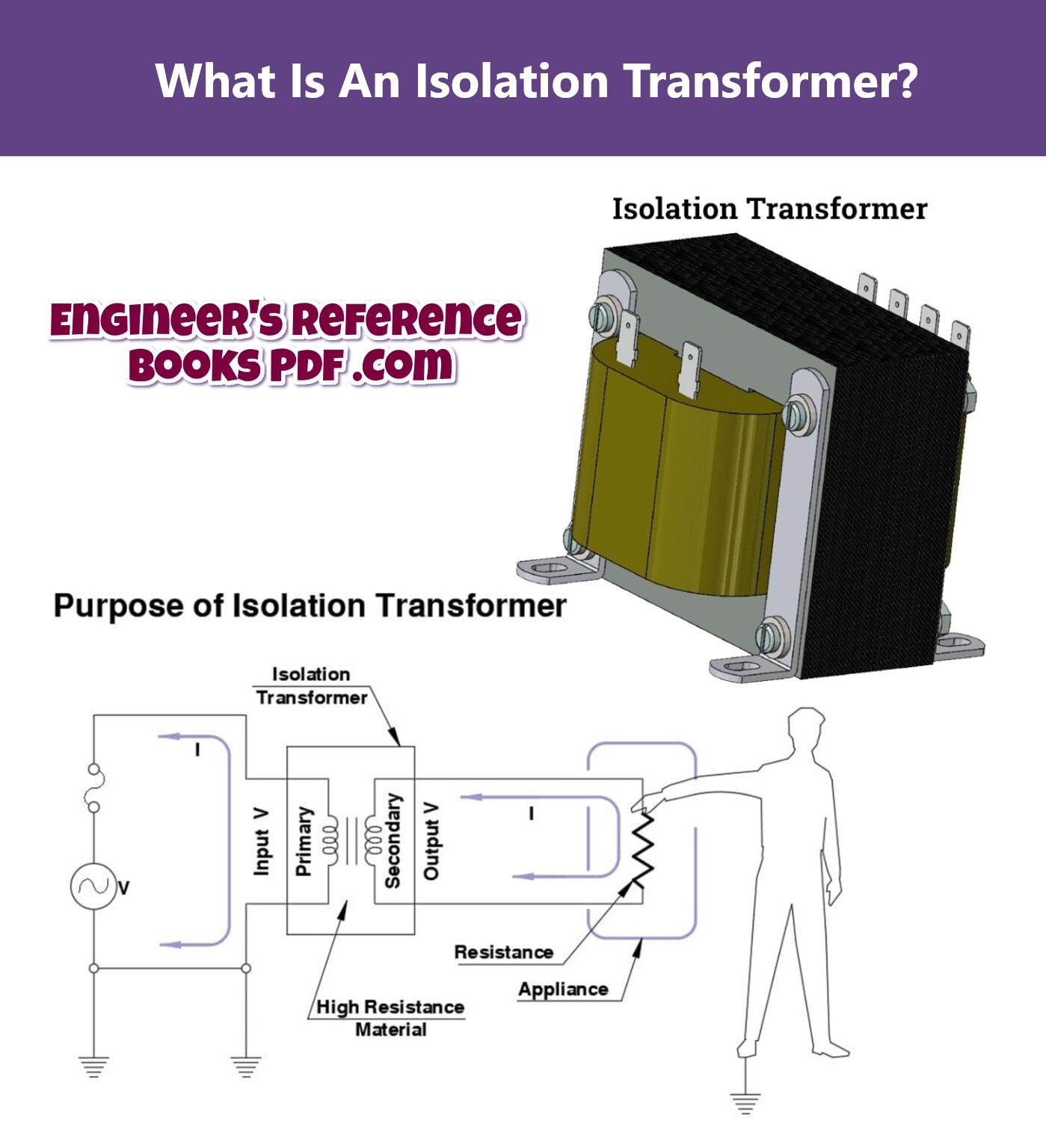
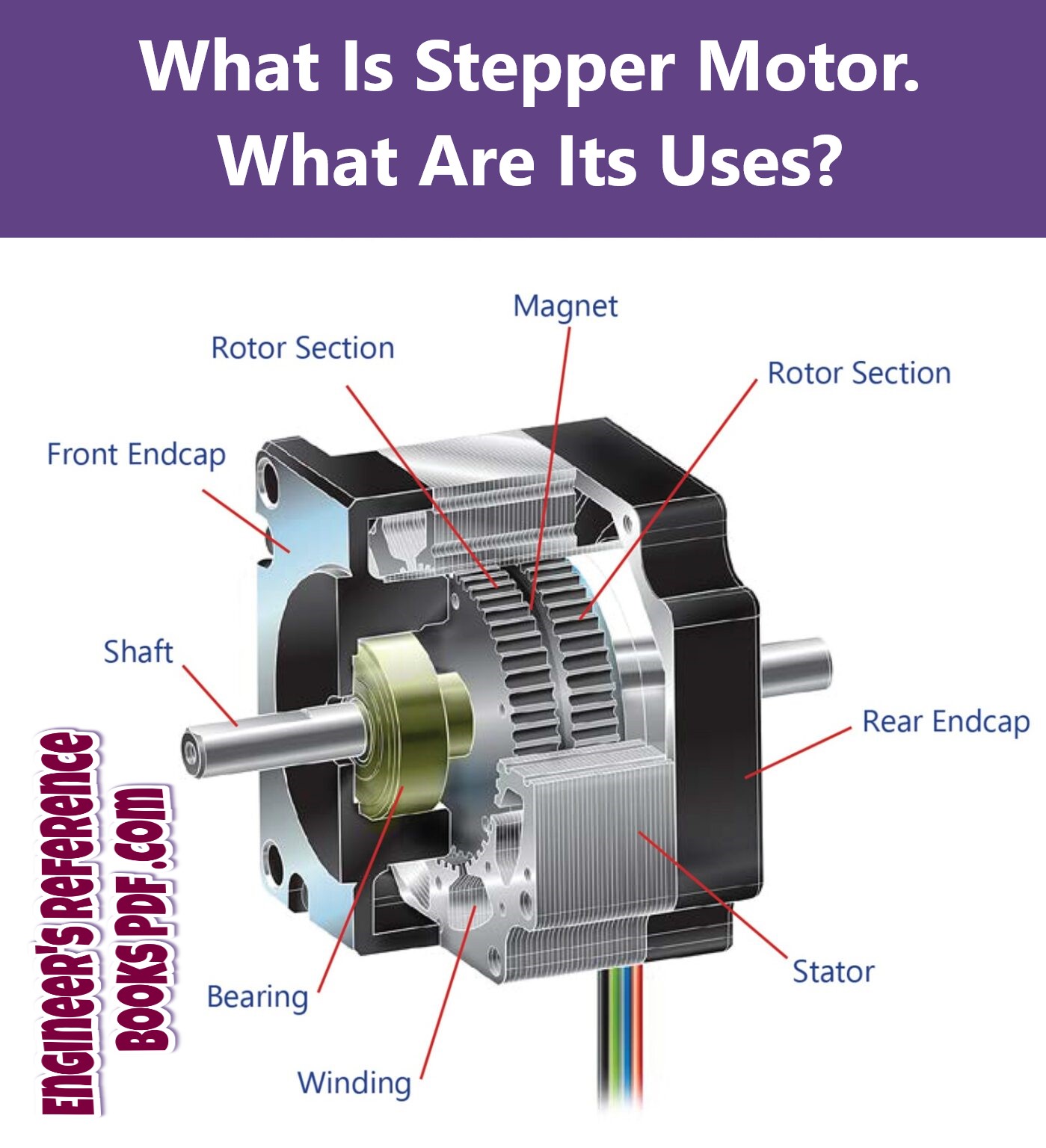
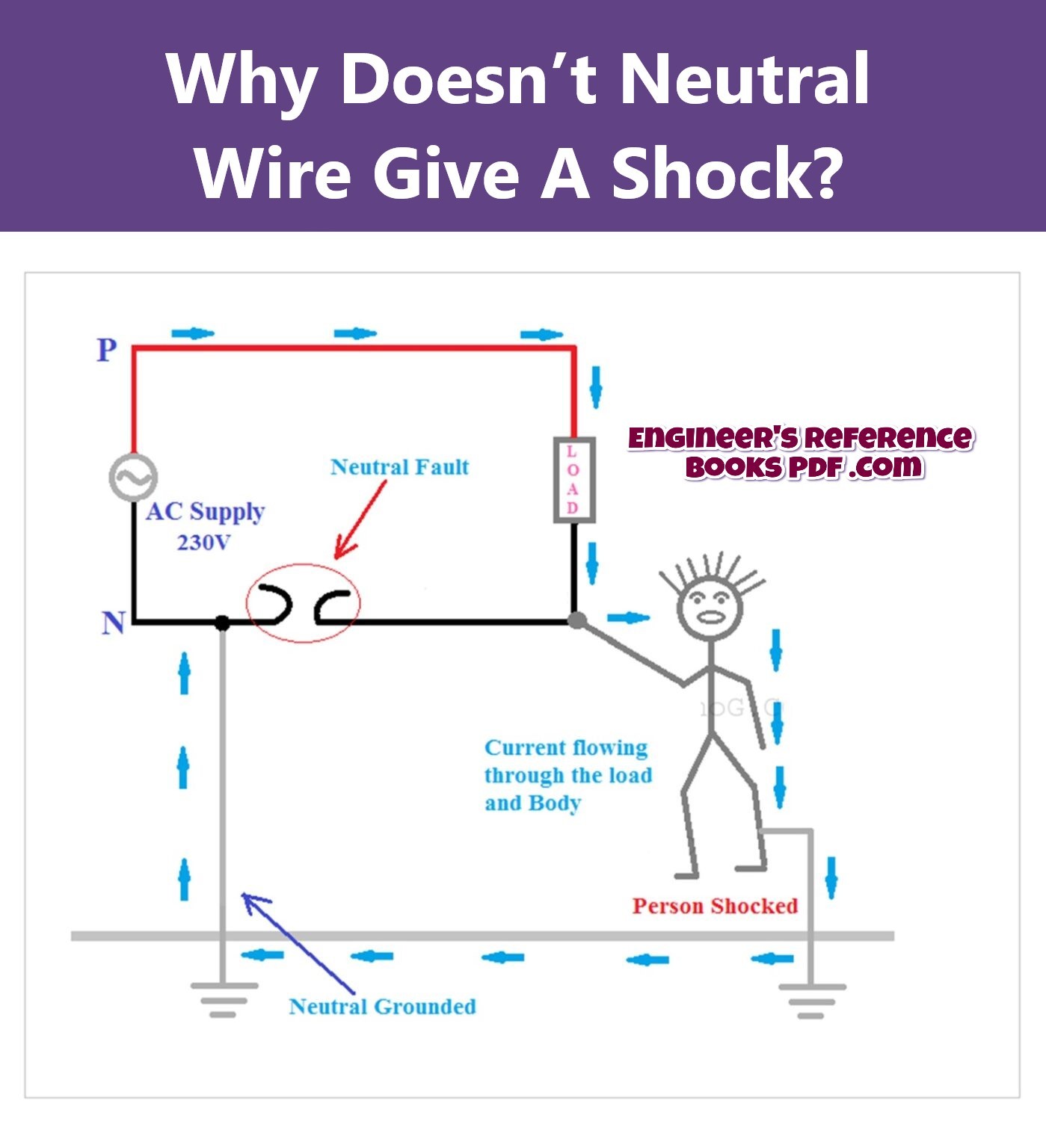
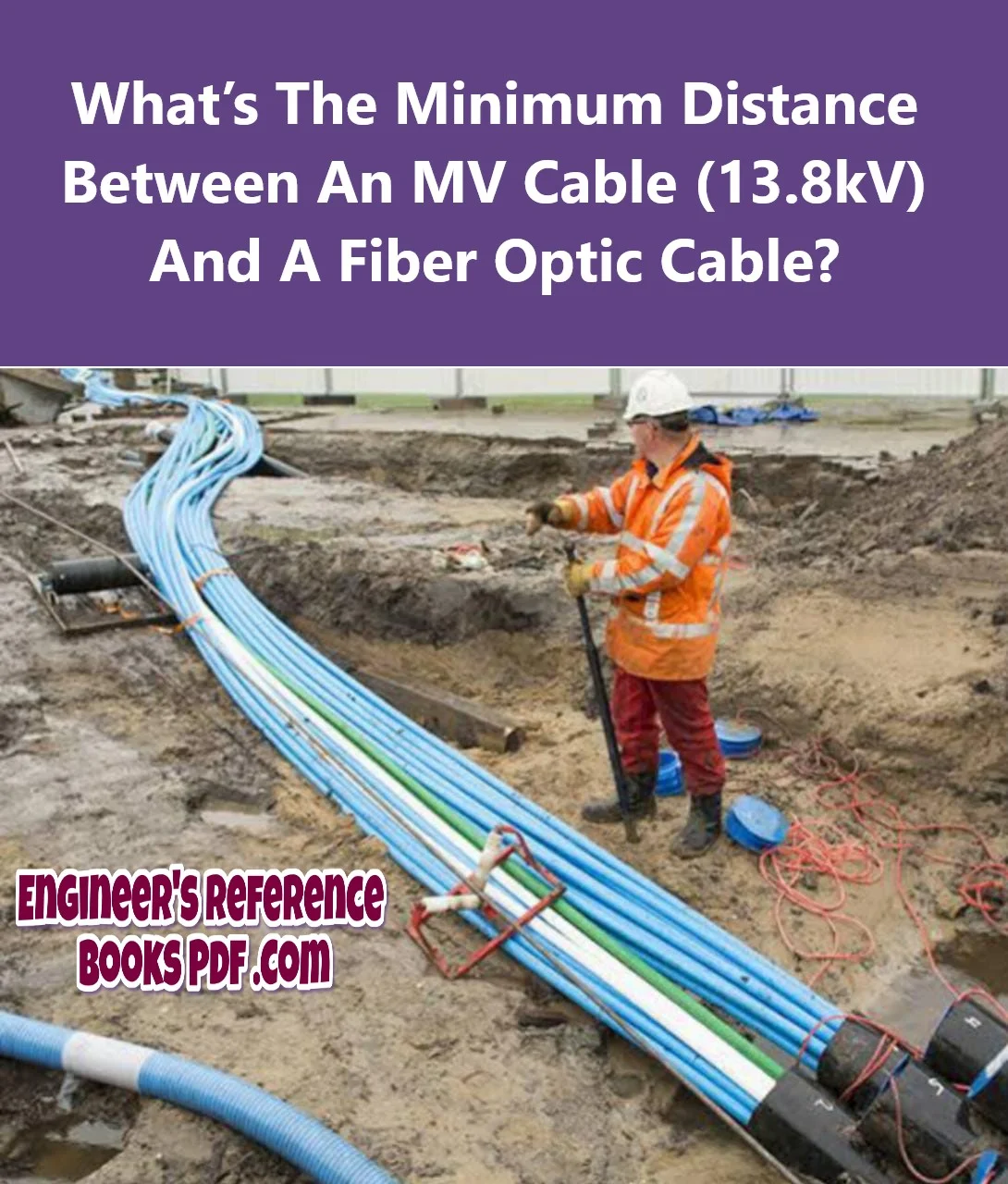
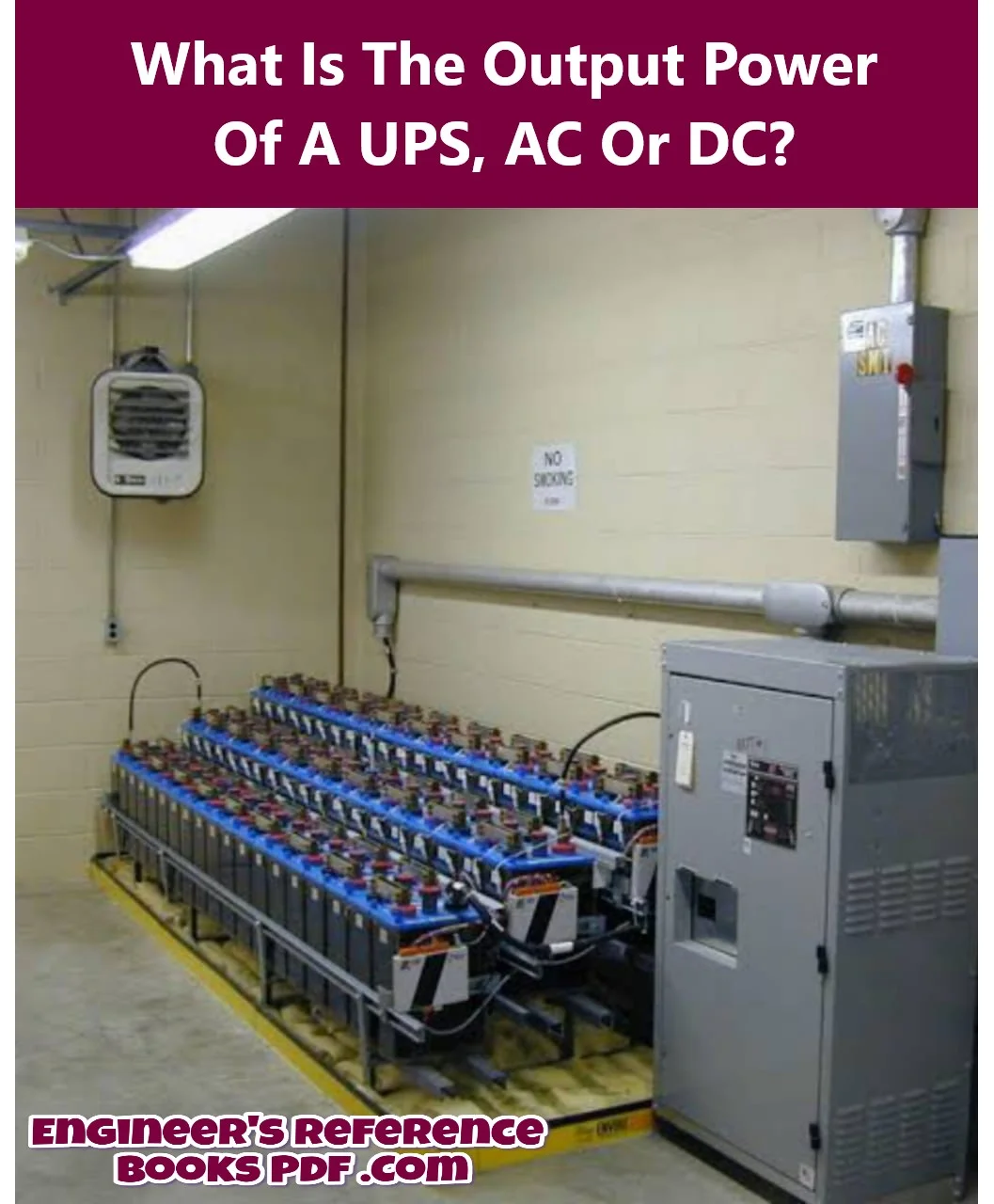
![How does induction heating work? [explain] How does induction heating work? [explain]](https://engineersreferencebookspdf.com/wp-content/uploads/2023/11/1-1-3.webp)
![What is an LED? LED Types, Concepts, Functions, Features, Design and Construction [Full Details] What is an LED? LED Types, Concepts, Functions, Features, Design and Construction [Full Details]](https://engineersreferencebookspdf.com/wp-content/uploads/2023/11/11.jpg)
![Generator Parts - Diesel Generators & Electric Generators [With Features & Pictures] Generator Parts - Diesel Generators & Electric Generators [With Features & Pictures]](https://engineersreferencebookspdf.com/wp-content/uploads/2023/11/3-2.jpg)
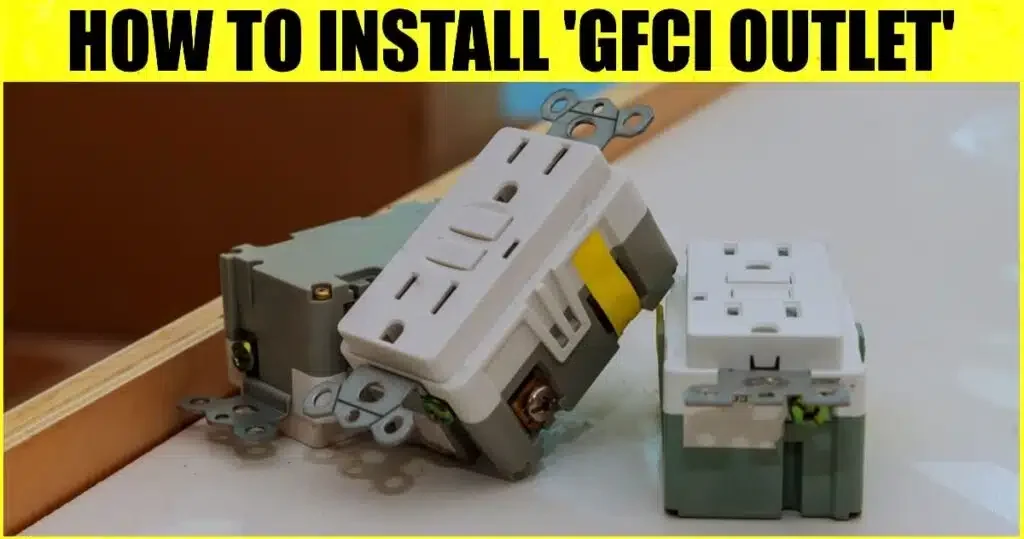
![12 Advantages of current transformers – detailed explanation] 12 Advantages of current transformers – detailed explanation]](https://engineersreferencebookspdf.com/wp-content/uploads/2023/11/1-1.webp)